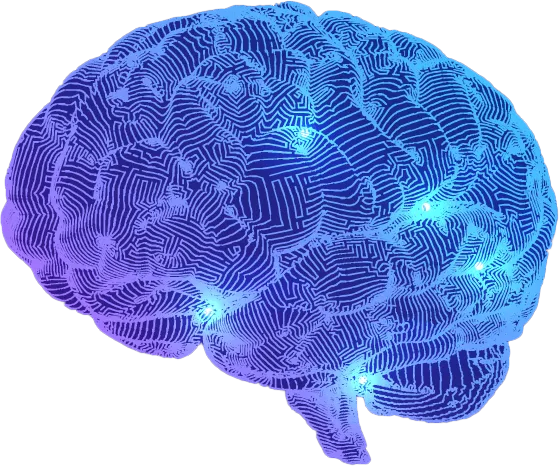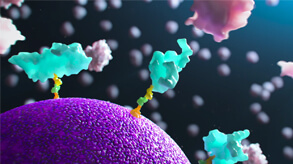SomaScan® Assay case study:
Advancing biomarker discovery in neurological diseases through CSF proteomics
Revealing novel biomarkers of Parkinson’s Disease in CSF samples using expansive proteome coverage and high data accuracy of the SomaScan Assay
Neurological diseases, such as Parkinson’s, Alzheimer’s, and multiple sclerosis, impact the lives of millions of individuals spanning the globe1. A key hurdle in understanding neurological disease etiology and advancing treatment options is accessibility to the source of pathology. The ability to get closer to the disease site can give a greater understanding of disease progression and treatment opportunities2.

Strength in numbers
The SomaScan platform measures 11,000 proteins in cerebrospinal fluid (CSF), a crucial site of neurological disease pathogenesis. In a 2023 Nature Parkinson’s Disease paper published by Phillips et. al., the authors used the SomaScan Assay to perform the largest affinity-based CSF proteomics study to date3. Notably, of the 25 proteins identified to be associated with Parkinson’s disease, only 12 are included on the Olink Explore HT platform.
Examining the 14 novel proteins identified, three of these proteins now associated with Parkinson’s were not previously associated with any neurodegenerative disease. The expansive range of the SomaScan Platform was able to capture these important proteins, demonstrating why measuring more proteins not limited to a specialized panel is a superior discovery approach.
Precision & reproducibility across diverse populations
The Phillips 2023 publication utilized six unique study cohorts, demonstrating the ability of the SomaScan Assay to generate reproducible results across diverse groups. Multi-cohort studies such as this one underscore how the ability to proteomically profile thousands of participants with high specificity and sensitivity enables more powerful biomarker discovery and deeper insights into human biology. Biobanks serve as a key resource for these types of studies, with over 20 biobanks using SomaScan Technology for proteomic characterization.
Partnering proteomics & genomics for innovative discovery
More than 10 of the 25 proteins identified from CSF to be associated with Parkinson’s disease in the 2023 Phillips paper were novel associations. These proteins were discovered in an unbiased manner using pQTL analyses. The combined power of SomaScan proteomic data and genomic data opens the door for advances in disease knowledge, diagnostics, treatment options, and more.
Accessing the site of drug action
Identification of druggable targets is challenging for many diseases. With neurological diseases, broader biological profiling of CSF, a matrix closer to the brain, allows precise assessment of potential therapeutic targets and strategies. Many of the identified proteins in the Phillips paper are currently being evaluated in clinical trials for other diseases and have the potential to be translated to Parkinson’s disease in the future if found effective. The power of proteomic data is far-reaching, and SomaScan Assay profiling of CSF has incredible discovery potential for the entire spectrum of neurological diseases.

REFERENCES
- GBD 2021 Nervous System Disorders Collaborators. Global, regional, and national burden of disorders affecting the nervous system, 1990-2021: a systematic analysis for the Global Burden of Disease Study 2021. Lancet Neurol. 2024 Apr;23(4):344-381.
- Wichmann TO, Damkier HH, Pedersen M. A Brief Overview of the Cerebrospinal Fluid System and Its Implications for Brain and Spinal Cord Diseases. Front Hum Neurosci. 2022 Jan 21;15:737217.
- Phillips B, Western D, Wang L, Timsina J, Sun Y, Gorijala P, Yang C, Do A, Nykänen NP, Alvarez I, Aguilar M, Pastor P, Morris JC, Schindler SE, Fagan AM, Puerta R, García-González P, de Rojas I, Marquié M, Boada M, Ruiz A, Perlmutter JS; Dominantly Inherited Alzheimer Network (DIAN) Consortia; Ibanez L, Perrin RJ, Sung YJ, Cruchaga C. Proteome wide association studies of LRRK2 variants identify novel causal and druggable proteins for Parkinson’s disease. NPJ Parkinsons Dis. 2023 Jul 8;9(1):107.




